Micropigmentation or permanent makeup is a tattooing technique used for both cosmetic and medical applications. Tattooing is an ancient art practiced by people all around the world for a variety of reasons. The procedure entails implanting pigment into the dermis via a variety of handheld devices dipped into a pigment color by a trained technician as a means of producing designs that may resemble applied makeup or camouflage surgical scars.
Cosmetically, the most common areas for micropigmentation are the eyebrows, eyelid lash line and lips, from simple lip liner to full lip color. Patients most commonly seek medical tattooing, referred to as demography, after a facelift, breast augmentation, neck lift or eyelid surgery to reduce the appearance of surgical scars. The technique is also commonly used after breast reconstructive surgery for nipple or areola repigmentation.
Other names for these procedures include permanent cosmetics, dermapigmentation, micro-blading (a technique for eyebrows, also commonly called hair strokes) and cosmetic tattooing, the latter being the most appropriate since permanent makeup is, in fact, tattooing.
Permanent makeup can result in enhanced facial features as definition is rendered to the eyebrows, eyes and lips using color. Results can imitate topically applied makeup or they can be subtle and unnoticeable, depending upon the design, area being enhanced or camouflaged, the intensity of the color and amount of pigment used (thickness, length). Immediately after application, all types of micropigmentation procedures look darker than they will when they heal due to the color remaining in the outermost layers of the skin initially. The color will soften dramatically in about four days during the healing process as the outer layers of the epidermis shed and are replaced by new epidermal cells. Full healing takes about a week and the pigment will continue to change and lighten over several weeks, usually resulting in a softened pigment outcome.
The best possible color results can remain for many years but will begin to fade over time. The average touchup or enhancement is usually three to five years. The amount of time required for this depends on the person. While pigment remains in the dermis, its longevity may be influenced by several factors including environmental, such as chlorine from swimming, and sun exposure which may fade the color more quickly. Another factor is simply the individual’s ability to simply “hold” pigment; some people just don’t hold color well and need touchups more often. Lastly, the amount and color of pigment deposited into the dermis can also affect the length of time that micropigmentation looks its best and brightest as lighter pigments fade faster than darker pigments.
When considering either cosmetic or medical micropigmentation, be sure to always schedule a consultation with an experienced, well-trained technician. A good resource is The Society of Permanent Cosmetic Professionals (www.SPCP.org).
Julia Rocks is a licensed clinician esthetician and permanent cosmetic professional located at Zen Day Spa in Bermuda Dunes and can be reached at (760) 360.8192.
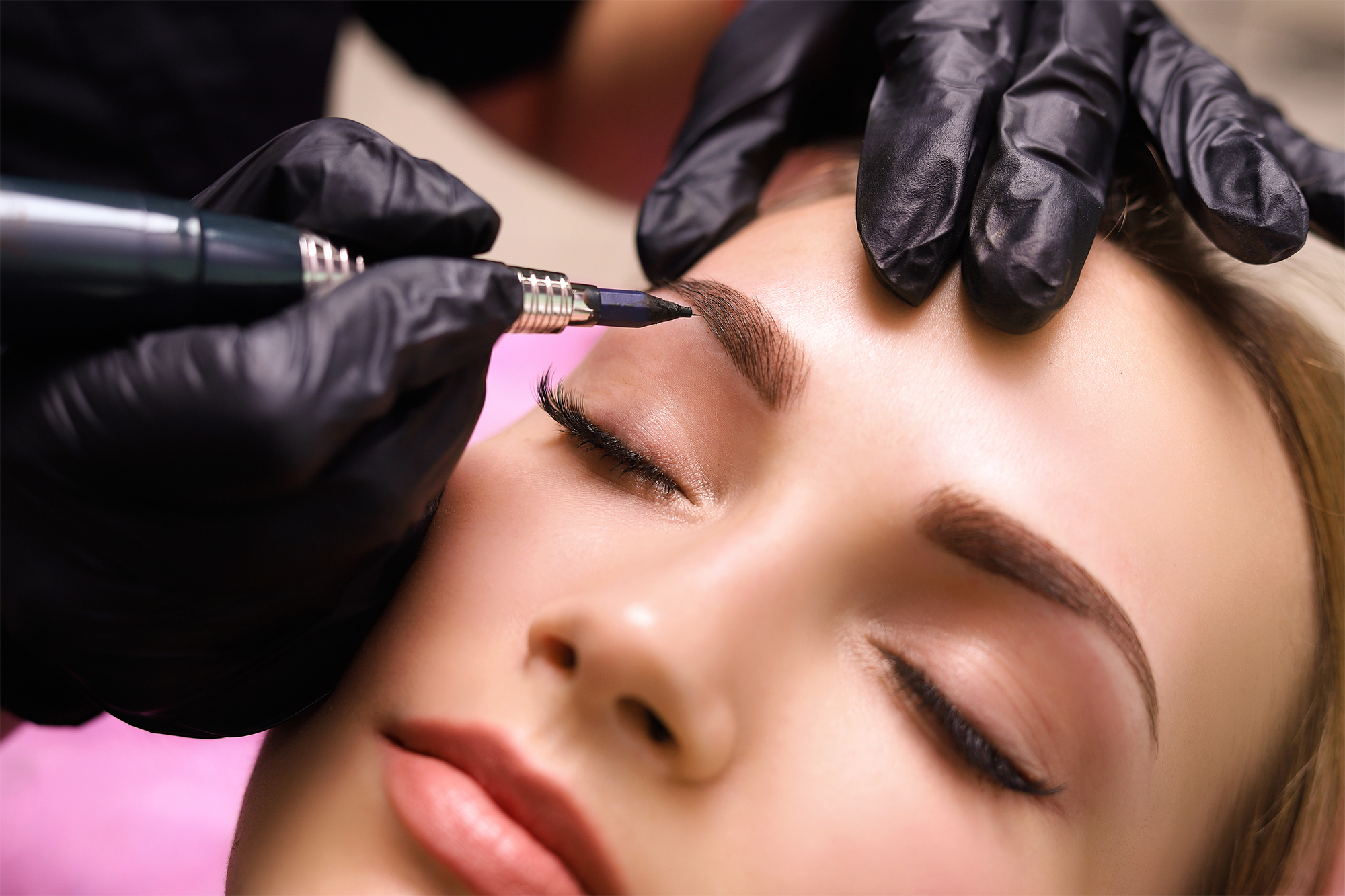

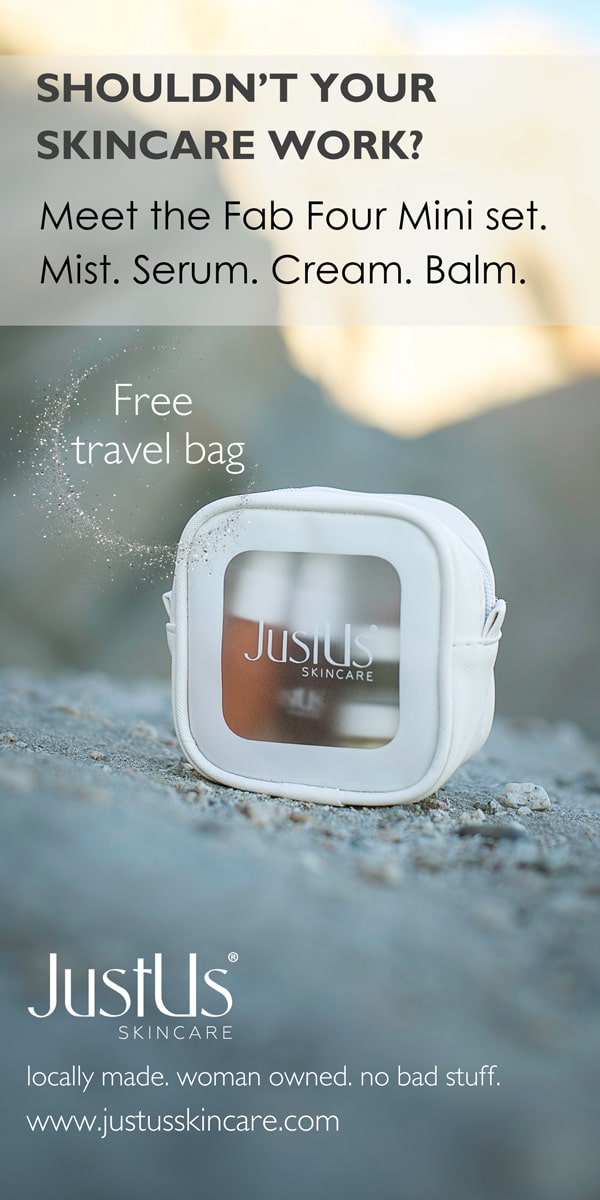








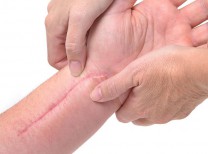
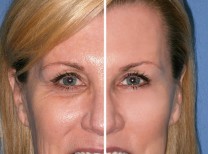
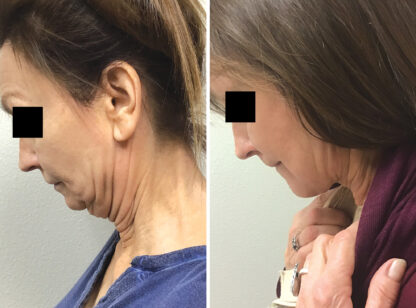
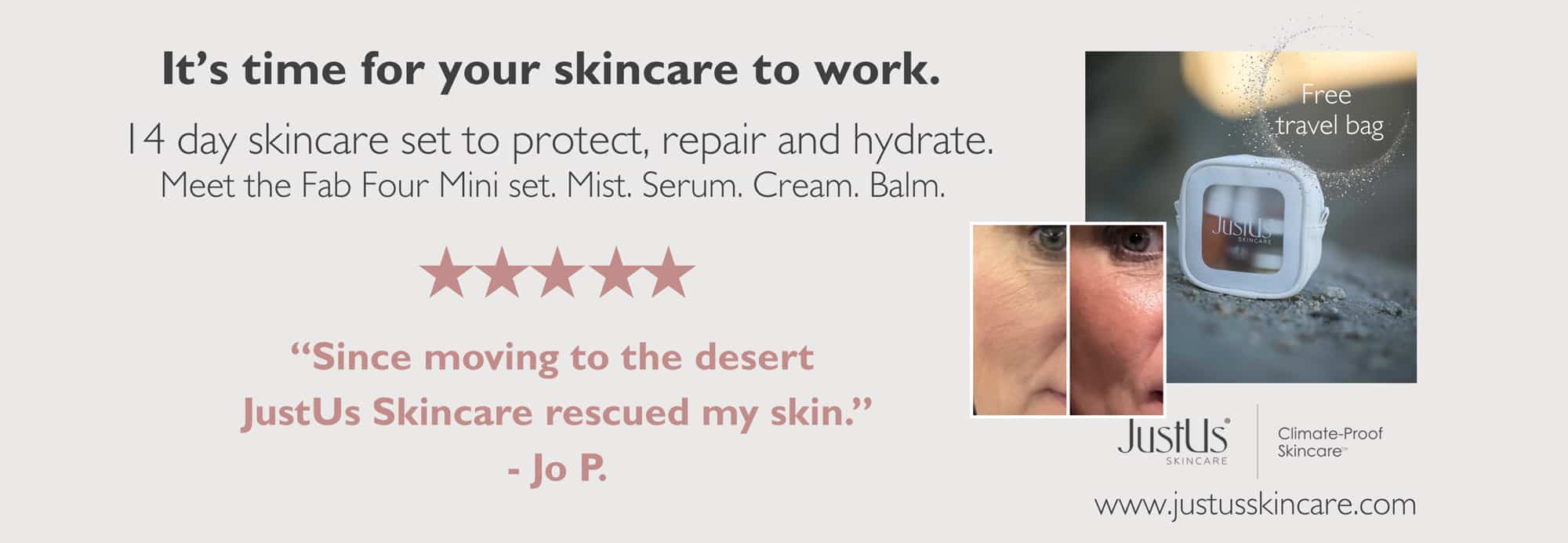

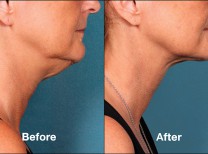

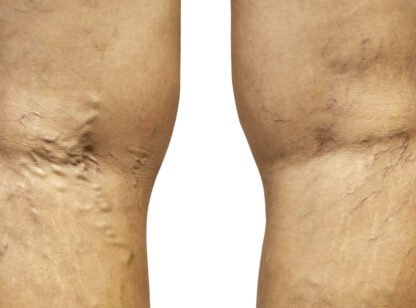




























Comments (0)